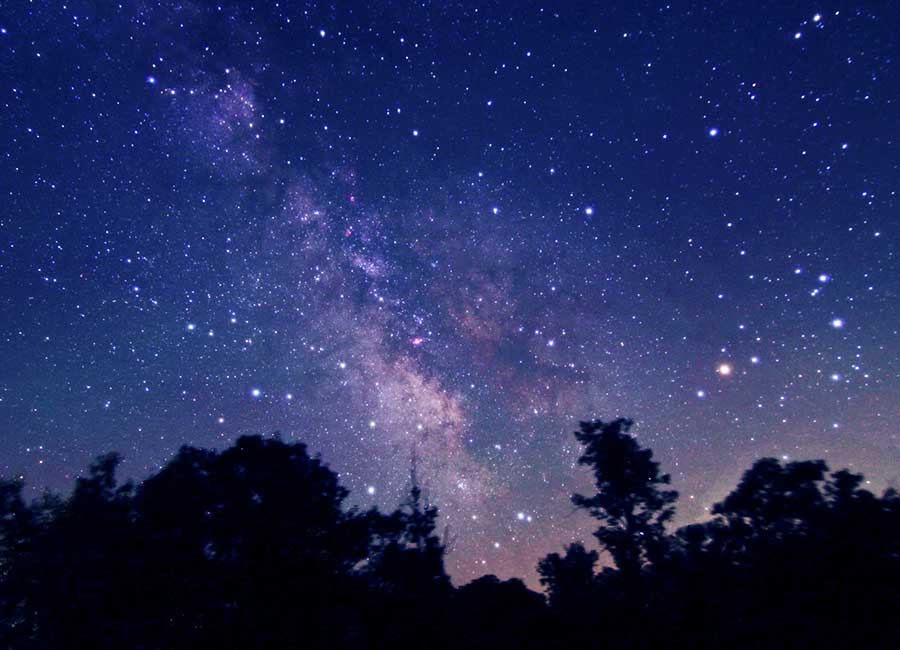Maine – A new study conducted by Robert Manning from the University of Vermont and published in Park Science, revealed that almost 90 percent of visitors to Acadia National Park in Maine recognized its dark night skies, that are not polluted by artificial light, as an important resource that demands especial attention.
The Acadia National Park is known for its annual Night Skies Festivals. On its website, the page states that its mission is to make a community celebration to promote the protection and enjoyment of Acadia’s stellar night sky through education, science and arts. It will take place on September 10th and 14th.
According to the study, dark night skies have disappeared as a consequence of pollution from artificial light, which produces a “sky glow” that reduces the brightness of the stars and makes it hard for the human eye to fully adapt to the night darkness. The lights of the urban areas affect the quality of nighttime even when they are up to 250 miles away from national parks.

Visitors of the park are the only ones who have the privilege to fully see night’s darkness, since, according to Manning, 99% of the skies are polluted. In fact, one out of three Americans are unable to see the Milky Way from their homes.
However, this is not an irreversible problem. Darkness is a renewable source and there are several things that could be done to restore it in parks, which is in fact the main objective of the study. For instance, national parks could reduce as much unnecessary light internally as possible and work with surrounding communities to do the same, while the visitors of the parks could reduce the use of flashlights and headlights.
“Though light pollution may have already had irreversible biological and ecological impacts, it can be controlled and even reduced.” Manning said. “The national parks, with their emphasis on protection of natural and cultural resources and the quality of visitor experiences are a good place to advance this cause.”
The survey
To come to these conclusions, the survey focused on how the visitors of the Acadia National Park rated the importance and quality of viewing the night sky while visiting the park. They were given a sequence of 8 photos of Arcadia’s night sky altered with varied levels of light pollution. Researchers asked which photos they found acceptable and which ones would make them not attracted to visit the park. Between the third and the fifth picture, visitors began describing the view as unacceptable.
Specialists at the National Park Service’s Natural Sounds and Night Skies Division helped researchers to make a connection between what visitors found acceptable and the actual illumination in the park. That way they could view what is the ideal level of darkness.
Source: Park Science

The idea of losing the stars to light pollution is tragic. Our parks should be light free
The best dark sky I ever encountered, was sailing from the Hawaiian islands to San Francisco in 1977 on a sailboat with no electricity. It was unbelievable. H
What an amazing image from your memories. Thanks for sharing.
Kind Regards,
You made me recall the first time I saw the milkyway, in a beautiful star filled night sky. It was 1979 and I was on a sailboat out at sea off the coast of Venezuela. Like you said, it was incredible.